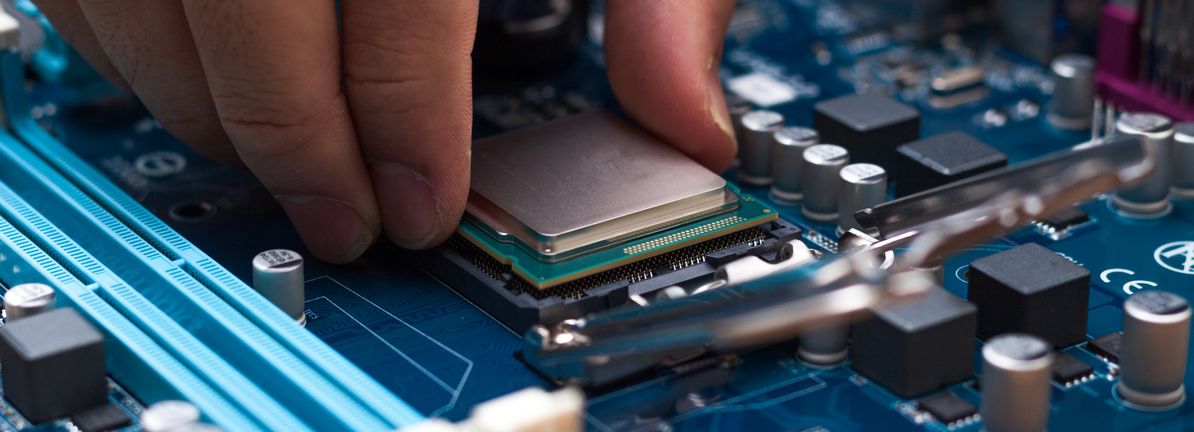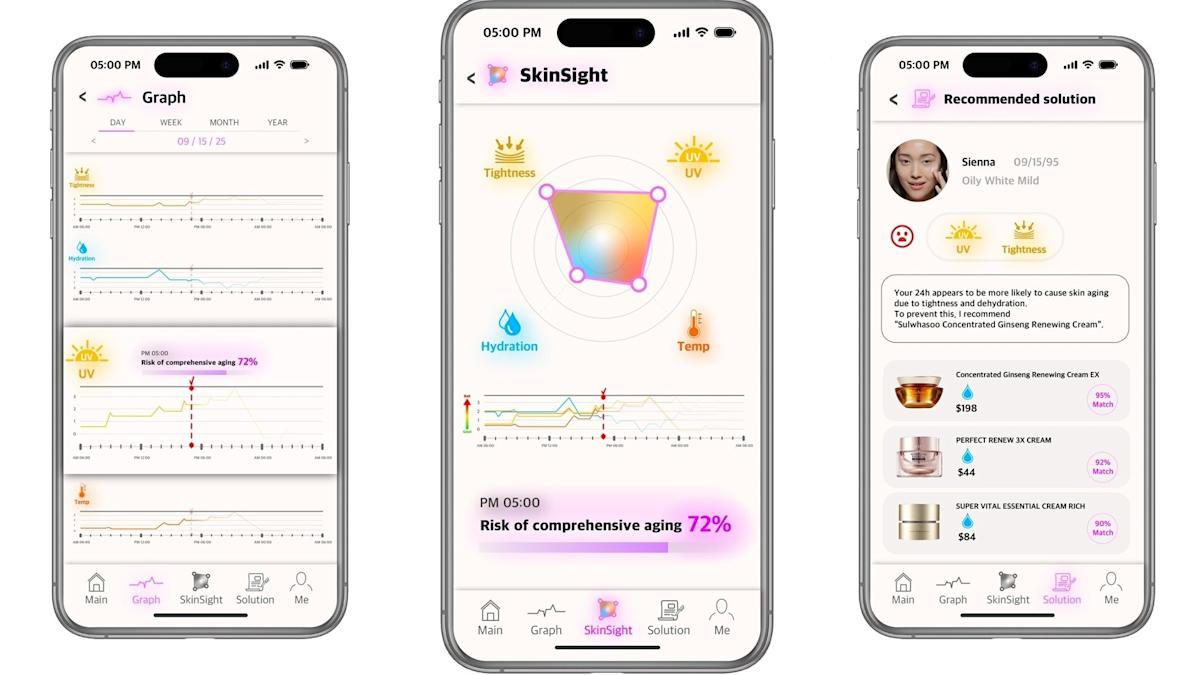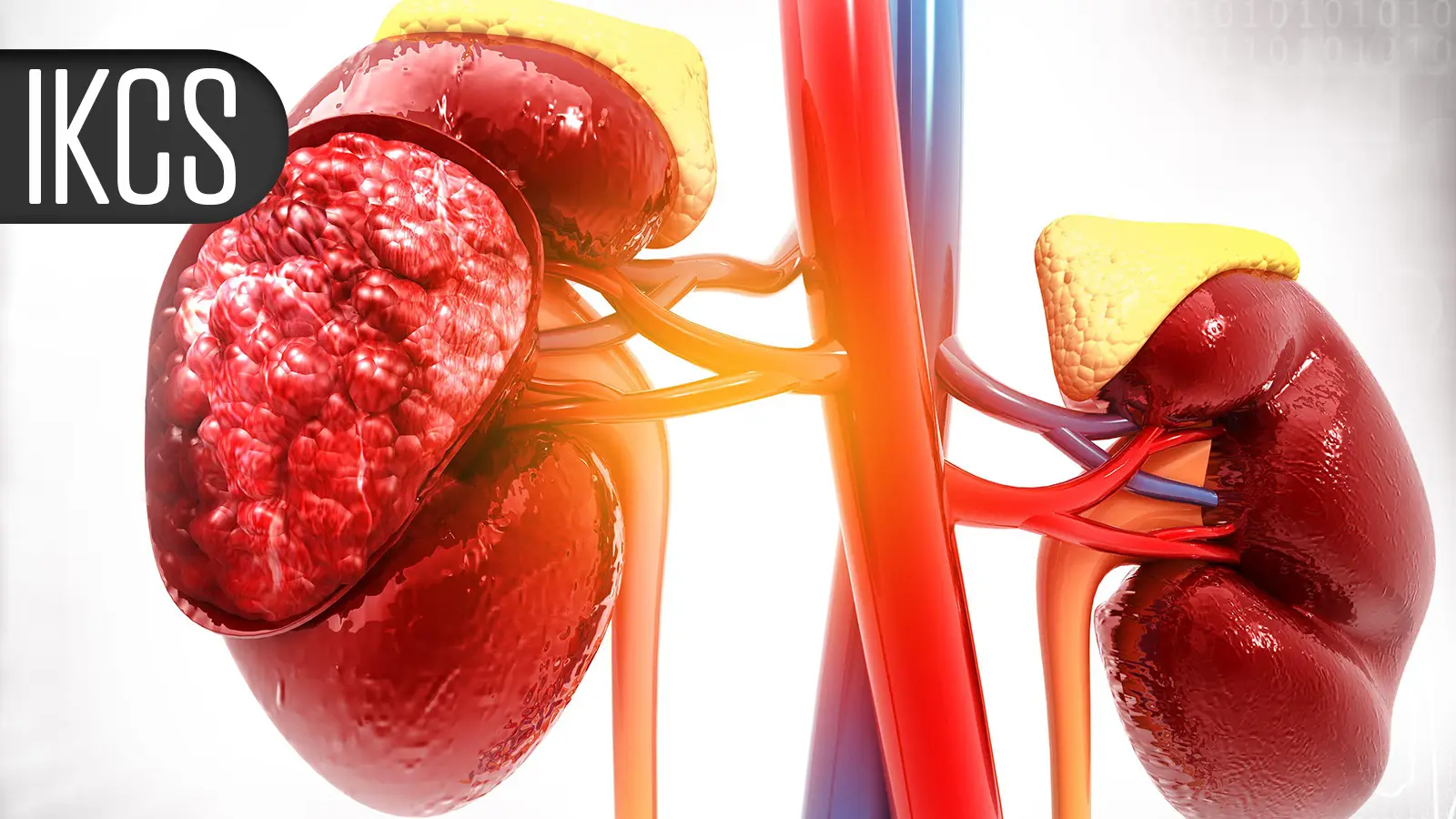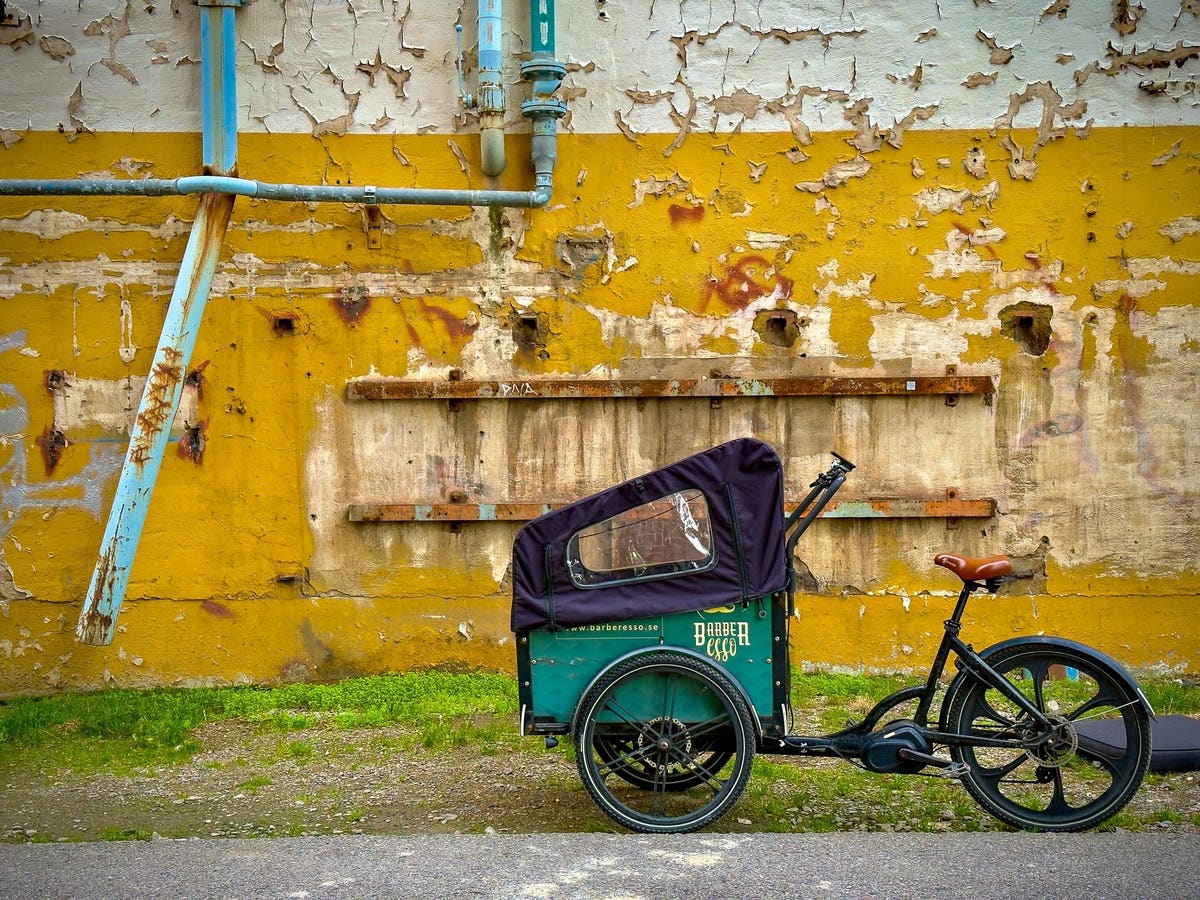Four-time world champion Selby also made heavy weather of a 45-minute eighth frame, but came through it to set up a meeting of the only two men to have played in every edition of the Champion of Champions since 2013.
Selby won the opening two…

Four-time world champion Selby also made heavy weather of a 45-minute eighth frame, but came through it to set up a meeting of the only two men to have played in every edition of the Champion of Champions since 2013.
Selby won the opening two…

It takes time, money and fossil fuels to make the electronics that underpin modern life. From the mining of rare earths and metals to processing, manufacture and shipping, the engineering and logistical innovations that make it possible to buy a new phone every year produce incredible amounts of waste.
According to the latest Global E-Waste Monitor, the world is generating 62m tonnes of e-waste annually and is on track to reach 82m tonnes by 2030. Australia alone produces 580,000 tonnes yearly. Between planned obsolescence, advancing technology and genuine malfunctions, this figure is expected to rise.
An estimated 23m mobile phones sit idle in drawers around Australia, including about 13m that are unusable. The average Australian generates about 22kg of e-waste each year, almost three times the global average, according to a recent Productivity Commission inquiry.
“It’s the fastest growing waste stream but it’s also the most valuable,” says Anne Stonier, from the Australia New Zealand Recycling Platform (ANZRP). “There’s a lot of hard plastic as well, with electronics. By recycling it, you’re making sure it is being properly managed. You’re helping create a more circular economy.”
Where is best to dispose of old phones? How do you keep sensitive data safe? Here’s what to consider when recycling your old devices.
Recycling e-waste is a little more complicated than simply throwing it into the yellow bin. The first step is to research options available near you. Local councils, for instance, have designated e-waste drop off points and recycling programs but the locations can vary. Disposing of e-waste in landfill is banned in Victoria, South Australia and Western Australia.
Likewise, several large retailers host recycling programs. Officeworks, for example, collects batteries, computer accessories, printer cartridges and mobile phones at its stores and runs drop-off days for most other electronic items. Bunnings stores maintain collection bins for batteries and larger electronic items such as TVs, screens, computers and printers. MobileMuster, a program run by the Australian telecommunications industry, collects mobile phones, speakers, smartwatches and tracking tags, modems, routers, landline phones and old TV streaming devices.
Many device manufacturers have set up stewardship programs to allow customers to trade in old phones and laptops in return for a discount or credit on their next purchase. If you’re thinking about an upgrade, it is worth checking what may be available to you.
There are also charities that accept donations of digital devices, such as DV Safe Phone and the Reconnect Project, which repairs used devices before providing them to people in need.
Whether it’s a smartwatch tracking your regular jogging route, a tablet once used for business, or a personal phone full of photos, devices can hold intimate and sensitive information about our daily lives and activities.
Before disposing of electronic items, backup or transfer any files you want to keep to another device or storage device, such as an external hard drive, cloud service, USB or NAS system, and remove any physical markings or stickers that may associate the device with you.
What happens next depends on the device. For most smart devices, tablets and phones, it is enough to perform a factory reset. For computers, laptops, hard drives, USB sticks and other storage devices, reformatting the drive and performing a factory reset will also suffice. Fax machines, printers and scanners should also undergo a factory reset, as they can still hold copies of recently printed documents.
Finally, you should also take steps to unpair the old device with any remaining computers or devices.
If your device is so old that it won’t turn on and is not accessible when connected to a computer with a cable, there’s not much you can do. Make sure to remove any external or detachable memory storage, such as memory cards in old phones, before recycling.
Physical destruction, such as drilling through a hard drive, is unlikely to work and defeats the purpose of recycling in the first place. It can also be dangerous, especially if you are attempting to destroy a device with a battery that cannot be removed and cause a rupture that leads to fire or a health hazard.
If your device contains very sensitive information that you want to be sure is destroyed, consider reformatting the device, using data sanitisation software and encrypting the hard drive. Secure data destruction services are also available. The nature of these services vary, however, as does price. Some companies may offer a free data destruction service on donated hard drives so they can cannibalise them for parts to perform repairs for their clients. Other services are geared more towards large corporates.
Stonier says some specialist recyclers also offer data destruction services. “If there’s any concern about it getting into someone else’s hands, it’s better to just wipe it,” she says. “You just don’t know otherwise. It’s better to be safe than sorry.”
Some threats are more significant than others. A hard drive that contains nothing but family photos is lower risk than one that holds detailed financial information. For most people, it is unlikely they will ever be specifically targeted unless they have a reason or are already vulnerable in some way.
Much criminal activity tends to be opportunistic, meaning that, for most people, even taking a few basic steps can help stop a headache or a fright later.

Dick Van Dyke still hits the gym three times a week as he nears his 100th birthday.
In an essay for The Times published November…

What are the early trends we should look for to identify a stock that could multiply in value over the long term? Amongst other things, we’ll want to see two things; firstly, a growing return on capital employed (ROCE) and secondly, an expansion in the company’s amount of capital employed. Ultimately, this demonstrates that it’s a business that is reinvesting profits at increasing rates of return. Speaking of which, we noticed some great changes in Ambertech’s (ASX:AMO) returns on capital, so let’s have a look.
This technology could replace computers: discover the 20 stocks are working to make quantum computing a reality.
For those who don’t know, ROCE is a measure of a company’s yearly pre-tax profit (its return), relative to the capital employed in the business. Analysts use this formula to calculate it for Ambertech:
Return on Capital Employed = Earnings Before Interest and Tax (EBIT) ÷ (Total Assets – Current Liabilities)
0.094 = AU$2.5m ÷ (AU$53m – AU$27m) (Based on the trailing twelve months to June 2025).
Therefore, Ambertech has an ROCE of 9.4%. Even though it’s in line with the industry average of 9.4%, it’s still a low return by itself.
View our latest analysis for Ambertech
While the past is not representative of the future, it can be helpful to know how a company has performed historically, which is why we have this chart above. If you want to delve into the historical earnings , check out these free graphs detailing revenue and cash flow performance of Ambertech.
We’re glad to see that ROCE is heading in the right direction, even if it is still low at the moment. The numbers show that in the last five years, the returns generated on capital employed have grown considerably to 9.4%. Basically the business is earning more per dollar of capital invested and in addition to that, 25% more capital is being employed now too. This can indicate that there’s plenty of opportunities to invest capital internally and at ever higher rates, a combination that’s common among multi-baggers.
On a separate but related note, it’s important to know that Ambertech has a current liabilities to total assets ratio of 50%, which we’d consider pretty high. This can bring about some risks because the company is basically operating with a rather large reliance on its suppliers or other sorts of short-term creditors. While it’s not necessarily a bad thing, it can be beneficial if this ratio is lower.

Researchers at MIT have been working with the South Korean beauty company Amorepacific for the past few years to develop a wearable “electronic skin” platform that can provide real-time insights about skin aging and make personalized skincare…

From gripping revenge to cultural legacy and star-making dreams, Africa Magic’s new lineup brings fresh, authentic tales told in the languages that move us — Igbo, Yoruba, and Hausa. This October, three bold new shows take centre stage, each…

DENVER — A majority of patients with non-locally treated brain metastases from kidney cancer remained free of metastatic…

Cargobike in the Varvsstaden district of Malmö, Sweden.
Carlton Reid
The seat benches outside Oatly’s swankily sustainable HQ in Malmö, Sweden, are upcycled from girders. Not the metaphoric steel beams jokingly marketed as the main ingredient of Scottish drink brand Irn Bru, but actual girders. The girders were sourced from a databank of materials rescued, stored, and listed online by Varvsstaden AB, the urban regeneration developer in charge of reshaping the city’s Varvsstaden district, a historic former shipyard that closed in stages throughout the 1980s and 1990s.
Stockholm-listed real estate company Balder and construction company PEAB own the development company, a previous incarnation of which bought the 190,000-square-meter former shipyard in 2005, later levelling what couldn’t be saved while retaining nine historic brick structures, including the Gjuteriet building, now home to Oatly.
Reclaimed girders repurposed as seat benches outside the Oatly HQ in Varvsstaden district of Malmö, Sweden.
Carlton Reid
The alt-dairy heavyweight’s “new” HQ was fashioned from reclaimed materials and erected in the shell of a former foundry dating to 1910. Restored by architecture firm Kjellander Sjöberg, the building’s partially ruined exterior walls were reimagined with reclaimed bricks sourced from nearby demolished buildings, and stored in a still-standing warehouse that houses Varvsstaden AB’s “Materialbanken,” a collection of reclaimed materials, with every corrugated panel, light fitting, and heritage brick searchable in an online database. Architects working on the regeneration project can use the digital Materialbanken to locate resources for upcycling.
One of Varvsstaden’s nine rescued brick buildings with, in the background, Malmö’s “Turning Torso” residential skyscraper designed by Spanish architect, structural engineer, sculptor and painter Santiago Calatrava opened in 2005.
Carlton Reid
Oatly’s HQ—veined with reclaimed woodern beams and dressed with genuinely distressed artefacts—is open to the public, housing a coffee shop serving the double-fat barista blend Oatly, the hero product that, after a major rebrand, helped the Swedish oat milk brand expand globally. Oatly’s distinctive environmentally-centered marketing and packaging copy—“wow, no cow” and “Milk, but made for humans”—is provocative, especially to “big dairy.”
Oatly packaging are seen in a store in New York City, United States on July 15, 2024. (Photo by Jakub Porzycki/NurPhoto via Getty Images)
NurPhoto via Getty Images
Oatly’s sustainability plan qualified it as the world’s first food brand to become an official climate solutions company, reported Vegconomist.com—bolstering its eco messaging by headquartering in an upcycled building made perfect sense.
Oatly is part-owned by The Blackstone Group, Verlinvest, via Nativus Company Limited a part of China Resources (a conglomerate owned by the Chinese state), Industrifonden, Östersjöstiftelsen, and employees. Shareholders also include celebrities such as Oprah Winfrey and Jay-Z, as well as Starbucks founder Howard Schultz.
Cheekily adapting the marketing slogan of a particular beer brand made in Copenhagen, 32 miles away across the Oresund Bridge, Varvsstaden AB comms manager Elin Fasth said on a site tour: “Varvsstaden is probably the most exciting neighborhood in the world.”
Pointing to the Gjuteriet building, she said Oatly was a perfect fit for Varvsstaden, which is aiming to be a dockside regeneration project that’s as sustainable as possible and distinctive and memorable.
Thule’s new corporate HQ in Malmö’s Docken district, adjacent to the former shipyard of Varvsstaden.
Carlton Reid
Other businesses nearby and part of the adjacent quay, dry dock, and inner basin include the new corporate HQ for Swedish car racks to luggage brand Thule. Soon to relocate to the area is an offshoot of Lund University, which is appropriate given that the original recipe for Oatly sprang from research carried out by academics from the institution.
For more than a hundred years, and when it was still churning out ships and submarines, Varvsstaden was not accessible to the public but thanks to three new pedestrian and cyclist bridges, it is now connected to other parts of Sweden’s third-largest city. The mixed redevelopment project, when completed, will consist of 2,500 new homes, several schools and kindergartens, green spaces, and many more businesses, said Fasth.
Girders turned into playground equipment in Malmö’s Varvsstaden district, a former shipyard.
Carlton Reid
Several shipyard superstructures have been left in place, towering over toddler swings suspended from reclaimed girders.
“Not all of the steel products stored in the Materialbanken are strong enough to be used in buildings today, so they are upcycled into benches and other things,” said Fasth, pointing to the seat benches outside Oatly’s HQ.
Shipyard superstructure left in situ in Malmö’s Varvsstaden district.
Carlton Reid
Varvsstaden AB is based in one of the oldest buildings on the site, which was first developed in 1871, the year after Frans Henrik Kockum, the founder of Kockums Shipyard, bought the area. Fasth said the building’s foundations were sinking into the sea, so the historic structure was jacked up by a metre, and thereby saved.
Spiral staircase waiting to be reused in Varvsstaden’s “Materialbanken.”
Carlton Reid
Wandering into a nearby warehouse, I spotted girders that may be upcycled into benches sometime soon. There was also a spiral staircase that would look great in a future corporate HQ for a brand that, Oatly-style, may also choose to lean into the circular economy.
Varvsstaden AB—which measures the amount of CO2 emissions saved through the extensive use of the shipyard’s historic materials, data shared transparently on the company’s website—estimates that 80% of the rescued building materials and industrial artefacts in the Materialbanken will be reused on the project, due to be completed in 2041.

In the main event, UFC welterweight champion Jack Della Maddalena looks to fend off former UFC lightweight champion Islam Makhachev. The co-main event will see No. 1 ranked women’s pound-for-pound fighter and UFC flyweight champion Valentina…